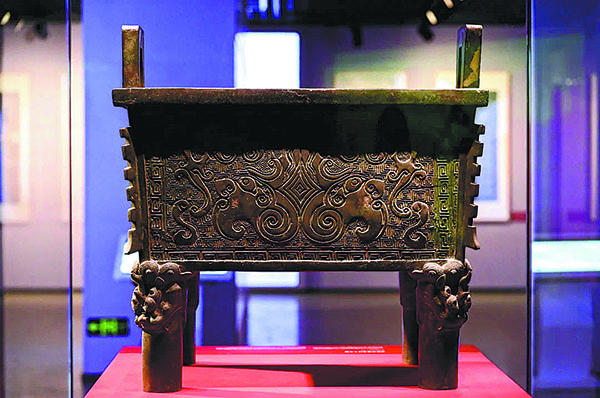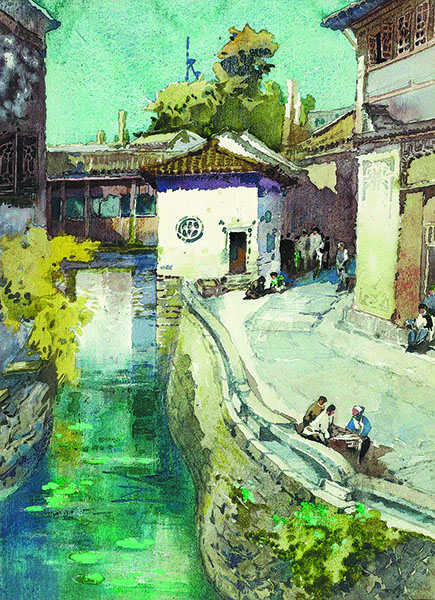

Showing the rites stuff
Nearly a hundred objects of historical value from the Confucius Museum are now on show at the exhibition, Rites, Music, and Costumes, which runs until May 26 at the China National Silk Museum, in Hangzhou, Zhejiang province. It shows how Confucianism was an integral part of the Chinese liyue culture, an education of social etiquette through engaging in poetry, rites, music and dancing.
The Confucius Museum in Qufu, Shandong province, the hometown of the renowned philosopher and location of the Confucius family mansion, has an assembly of portraits, paintings, bronzes, attire and other kinds of ceremonial utensils, formerly used by the descendants of the great thinker.
These artifacts mark the prominence of Confucius and how his teachings have been followed throughout centuries. Several exhibits are being shown in Zhejiang for the first time, including a square bronze ding, a caldron featuring dragon patterns from the Ming Dynasty (1368-1644), and court robes worn by the Dukes of Yansheng, a marquis title held by generations of the direct descendants of Confucius.
9 am-5 pm, closed on Mondays. 73-1 Yuhuangshan Lu, Hangzhou, Zhejiang province. 0571-8703-5223.

A brush with greatness
In his life, Li Jianchen taught at several universities to help cultivate for the country many artists and architects of note. Besides his respectable accomplishments in teaching, he was also acknowledged as the "father of modern Chinese watercolor".
He studied painting and sculpture in Europe in the 1930s and, after returning to China, he created and wrote, establishing a style that blended the aesthetics of China and the West.
An exhibition now on at Jiangsu Art Museum shows selected watercolors by Li, from his donations to the museum. Painted at different stages of his career, these works trace the evolution of his art, reflecting changing social needs and artistic tendencies. The show ends on March 31.
9 am-5 pm, closed on Mondays. 333 Changjiang Lu, Nanjing, Jiangsu province. 025-8961-0810.